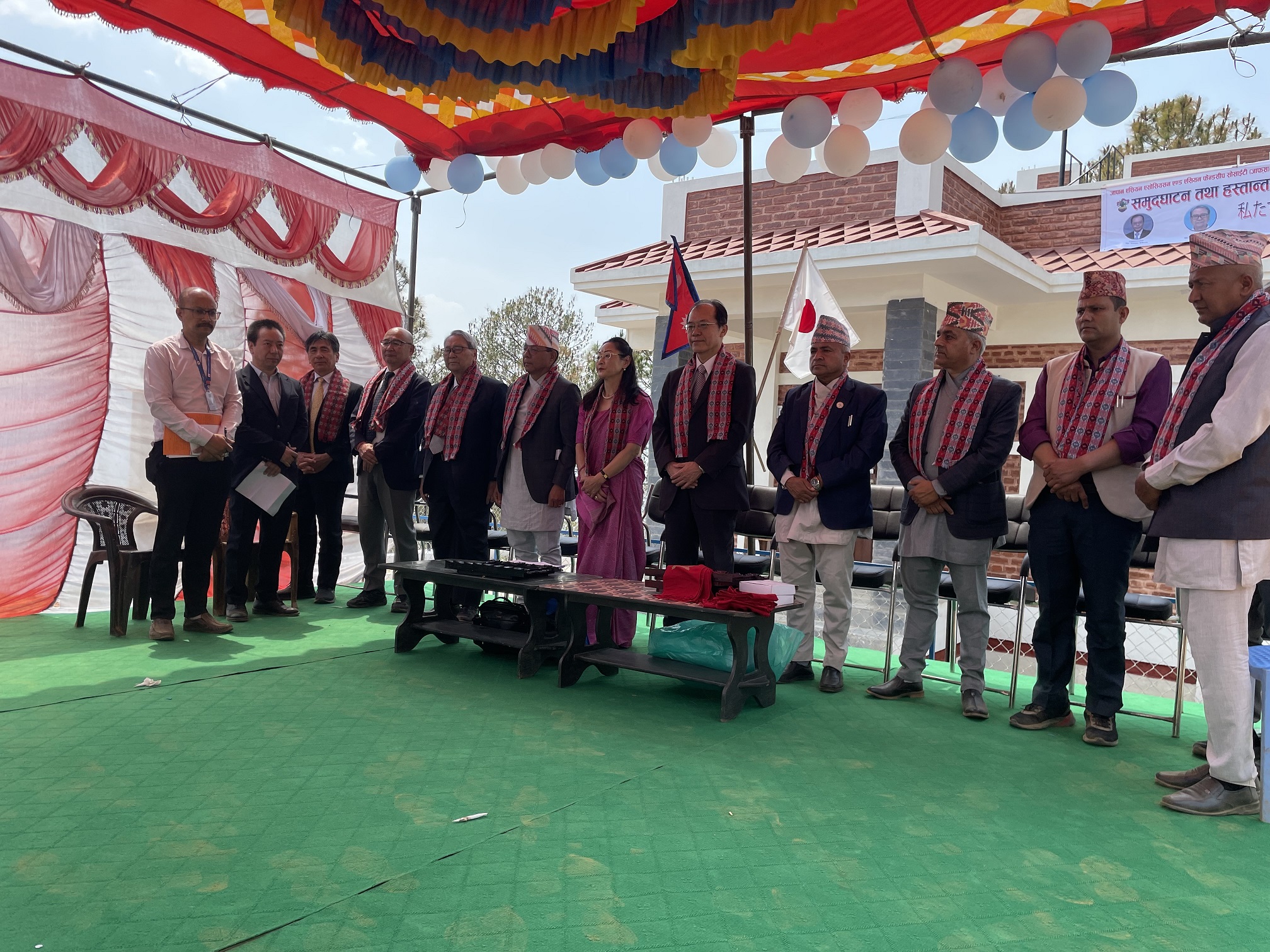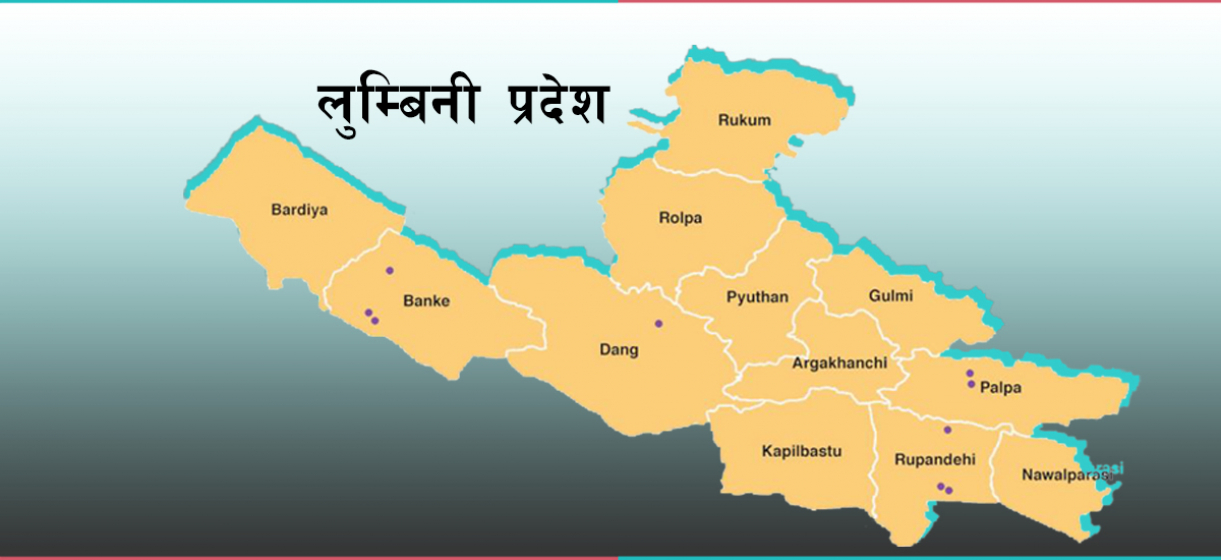
OR
World Tuberculosis Day
Tuberculosis is preventable and curable. Let's play our roles.
Published On: March 24, 2021 07:00 AM NPT By: Dr Pallavi Koirala


Dr Pallavi Koirala
The author is a junior resident at College of Medical Sciences, Bharatpurkoiralapallu@gmail.com
Global efforts to combat TB have saved 63 million lives since 2000. Ending the TB epidemic by 2030 is among the health targets of the United Nations Sustainable Development Goals (SDGs).
Famous American Geneticist once said “nature is that lovely lady to whom we owe polio, leprosy, smallpox, syphilis, cancer and tuberculosis.” Even though all these diseases are preventable and curable now, we cannot deny that it is human beings and our greed which has given rise to several viruses and outbreaks.
TB (Tuberculosis) among them is one of the leading causes of morbidity and mortality globally. According to WHO, 1.4 million people died from TB in 2019. An estimated 10 million people suffered from this disease. However, global efforts to combat TB have saved 63 million lives since the year 2000. Ending the TB epidemic by 2030 is among the health targets of the United Nations Sustainable Development Goals (SDGs)
WHO estimates that around 42,000 (incidence rate of 151 per 100,000) people develop active TB every year in Nepal among which 50 percent are estimated to have infectious pulmonary disease. TB death rate was 1013(three percent) among 32, 313 registered TB cases in FY 2074/75 BS. Considering TB is preventable and curable disease, the death rate is still considered as high. However, the National Tuberculosis Program (NTP) has adopted the global WHO’s End TB Strategy as the TB control strategy of the country.
On March 24, Robert Koch discovered the “Mycobacterium tuberculosis”—bacteria that is responsible for the disease which opened the gates towards diagnosing and treating the disease.
TB is an infectious communicable disease caused by Mycobacterium tuberculosis.TB usually affects lungs (pulmonary TB) but can also affect other parts of the body like brain, spine, intestine, kidney etc (extra pulmonary TB). It is transmitted through respiratory droplets while coughing, sneezing and spitting. Not all infected people develop TB. About one quarter of the world’s population has Latent TB, which means that they have been infected by the bacteria but they do not show any symptoms. People infected with the bacteria have only 5-10 percent of getting the disease. A strong immune system keeps TB bacilli dormant and prevents TB bacilli from multiplying and developing TB infection into TB disease. But the immune-compromised population—people with HIV, malnutrition, diabetes or those who consume tobacco—have higher chances of getting the infection.
In case of pulmonary TB, it shows symptoms like chronic cough (more than two weeks), hemoptysis (coughing of blood), fever, weight loss, chest pain, night sweats and fatigue.
Early diagnosis of the disease, screening of the contacts and high-risk population, proper treatment of TB including drug resistant, vaccination against TB, preventive management of high –risk people, treating the co-morbidities should be given priority to control the spread of TB in the community.
For the effective treatment of TB, right drugs in right combinations, appropriate dosage, administered correctly for the appropriate duration of time under observation is very important. Not taking drugs for the required course of time or stopping the drugs midway leads to drug resistance, making the disease more complicated to treat and can lead to untimely death. Hence, all TB treatment should be strictly done under Directly Observed Treatment Short Course (DOTS) using fixed dose combination.
As per the strategy DOTS (Directly Observed Treatment Course) has been implemented throughout the country since 1996 in 4,382 treatment centers in coordination with the public, private sector, NGOs, government and others to expand the services. Implementation of DOTS has been a breakthrough in the control of Tuberculosis. NTP has always been successful in exceeding the global target rate of 85 percent treatment rate.
The end TB strategy targets 95 percent reduction in TB deaths and 90 percent reduction in TB incidence rate, less than 10 TB cases per 100,000 population by 2035. The vision of End TB Strategy is “A world free of TB: zero TB deaths, zero TB disease and zero TB suffering”. The goal is to end the TB epidemic.
TB is the leading cause of death in HIV/AIDS patients and with the rise of multidrug resistant strain of TB, it is expected to account for a quarter of deaths due to antibiotic resistance by 2050 if not taken the preventive measures and adequate treatment till the required period of time. Completion of the treatment course is important not only for the cure of the disease but also to prevent the multi-drug resistant tuberculosis (MDR-TB)—form of complicated TB which is more difficult to treat.
The first and foremost prevention of TB is done by BCG vaccine (also known as the first vaccine). It is effective in preventing the severe forms of TB that affect children and young adults. It also reduces the infant mortality by protecting against infections other than TB through beneficial non-specific effects on the immune system. Adequate ventilation in health care facilities is strongly recommended for controlling the spread of TB. Find cases rapidly, Separate temporarily and Treat effectively (FAST) is intensified, refocused administrative approach to reducing TB transmission in health care facilities. Health care workers should wear high filtration masks (N95) to protect against the inhalation of infectious droplets and the patients should wear a surgical mask to reduce the spread of droplets.
In developing countries like Nepal, there are different hurdles due to which the cases of TB are still prevalent. Development of effective surveillance systems, strengthening of DOTS programs in every corner of the country, ensuring adequate laboratory facilities and human resources, treatment facilities for MDR-TB, strengthening the community support system program, identification of TB among children and extra pulmonary cases among others are some steps which can remove the hurdles. Also, inter-connected controls from the administrative level, environmental control and personal control is the strongest antidote in fighting tuberculosis.
Every year World Tuberculosis Day is celebrated on March 24 worldwide to raise awareness about the disease and to mobilize political and social commitment for further progress in efforts to end TB. This year World TB Day is being celebrated with the theme “The clock is ticking”—which strongly focuses on the urgency of the situation and the fact that it’s high time to work on the commitments to end TB globally. Although COVID-19 is given undivided attention and the entire world is combating it, we cannot afford to turn a blind eye on the other diseases which are just as significant and can cost lives.
Tuberculosis is preventable and curable. Let's play our roles.
You May Like This

Depression: Wanting death is not so easy
Although clinical depression can be cured by psychiatrists, I personally believe depression cannot be cured by another person or chemical... Read More...

Physiotherapy for prevention
Physiotherapy has gained significant popularity among the masses here in Nepal. Over the years, we can see that patients have... Read More...

National Tuberculosis Center gets new working committee
BHAKTAPUR, Nov 16: The 10th convention of the National Tuberculosis Center, Bhaktapur, on Tuesday elected an 11-member new working committee... Read More...





Just In
- NEPSE inches up 0.15 points; daily turnover increases to Rs 2.53 billion
- Bagmati Govt mandates tri-lingual signboards in offices
- Inferno destroys 70 houses in Mahottari
- Health ministry urges precaution against heatwave
- Jhapa road mishap update: Three deceased identified
- Japan hands over Community Center for Disaster Prevention to Indrawati Rural Municipality
- Lumbini: Seven ministers gain portfolios
- NC lawmaker Gurung’s suspension lifted














Leave A Comment